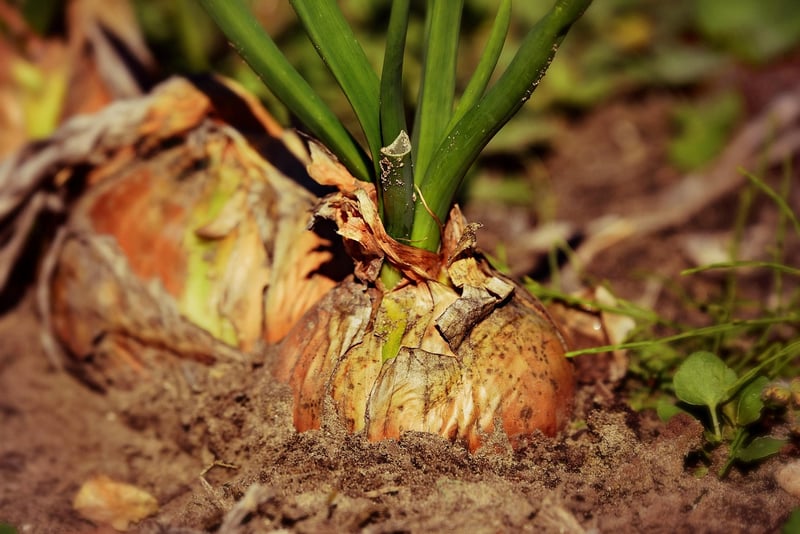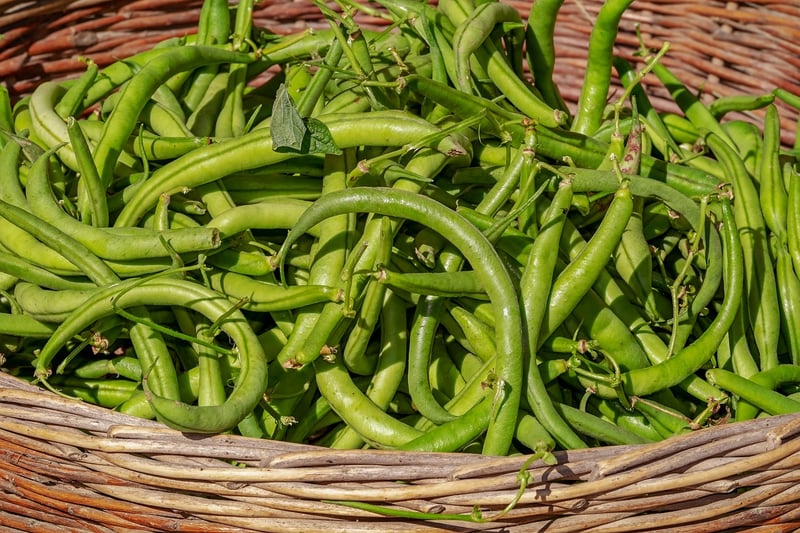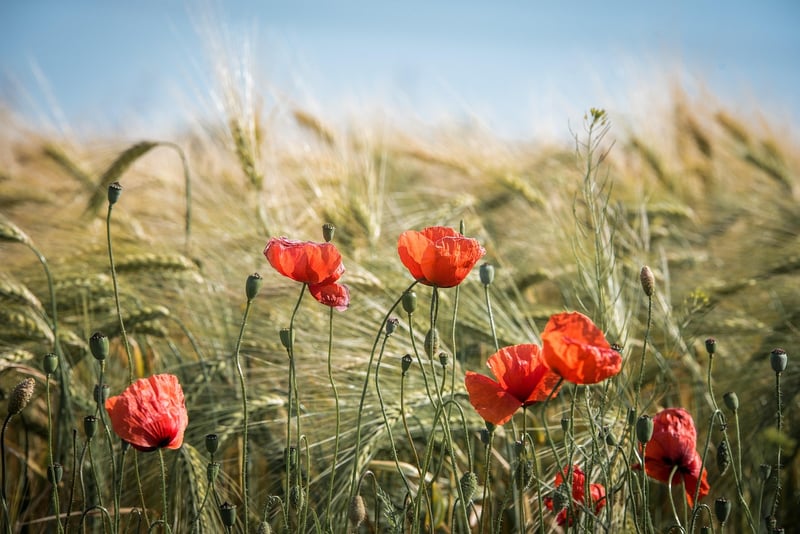Summer Harvest
Planting for Different Seasons and Summer Harvest
Introduction
Planting a variety of crops throughout the year can ensure a continuous harvest and a bountiful supply of fresh produce. By understanding which vegetables and fruits thrive in different seasons, you can maximize your garden's productivity and enjoy the rewards of your labor. In this guide, we will explore the best plants to grow in each season and how to achieve a successful summer harvest.
Spring Planting
Spring is the perfect time to kickstart your garden. Cool-season crops like lettuce, spinach, peas, and radishes can be planted early on. As the weather warms up, you can transition to warm-season vegetables such as tomatoes, peppers, cucumbers, and squash. Make sure to provide adequate water and sunlight to encourage healthy growth.

Summer Planting
Summer is a great time for a variety of fruits and vegetables. Consider planting heat-loving plants like tomatoes, peppers, eggplants, and melons. Herbs such as basil, mint, and cilantro also thrive in the summer months. Be mindful of watering needs, as plants may require more moisture during hot weather.

Autumn Planting
Autumn is the season for cool-weather crops. Root vegetables like carrots, beets, and turnips perform well in the fall. Leafy greens such as kale, Swiss chard, and lettuce are also excellent choices. Extend your growing season by using row covers or cold frames to protect plants from frost.
Winter Planting
While winter may seem challenging for gardening, some crops can still thrive. Consider planting winter vegetables like Brussels sprouts, broccoli, and cabbage. Additionally, herbs such as rosemary and thyme can withstand colder temperatures. Utilize mulch and row covers to protect plants from freezing conditions.
Summer Harvest Tips
- Harvest fruits and vegetables in the early morning for the best flavor and freshness.
- Regularly check plants for ripe produce to prevent overripening and ensure a continuous harvest.
- Properly store harvested crops in a cool, dry place to maintain their quality and extend their shelf life.
- Consider preserving excess produce through methods like canning, freezing, or drying for future use.
By planning your garden according to the seasons and following these tips, you can enjoy a successful harvest throughout the year. Whether you're a novice gardener or an experienced enthusiast, experimenting with different crops and techniques can enhance your gardening experience and provide you with a variety of fresh, homegrown produce.
